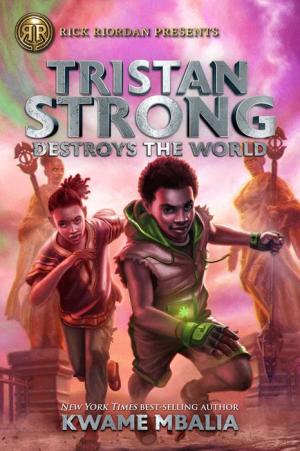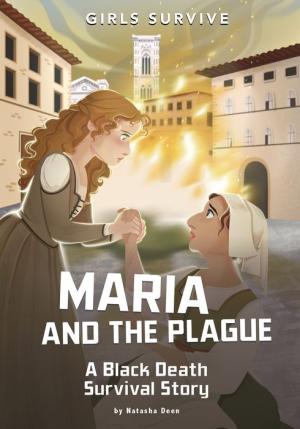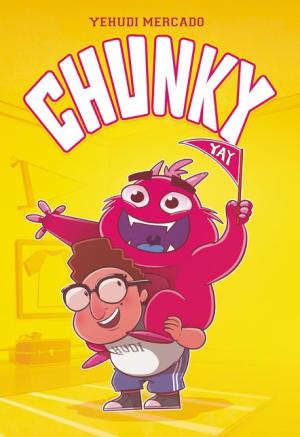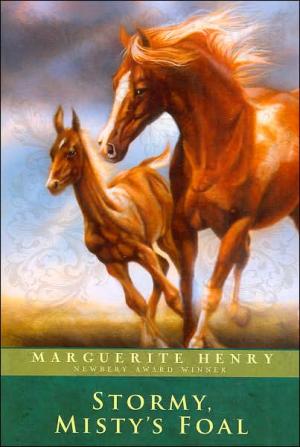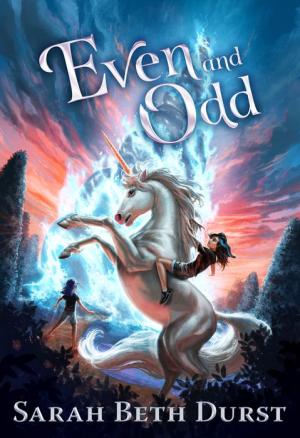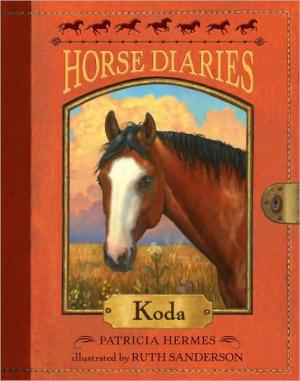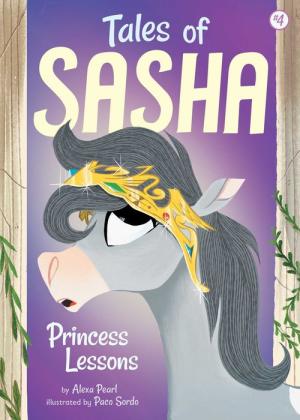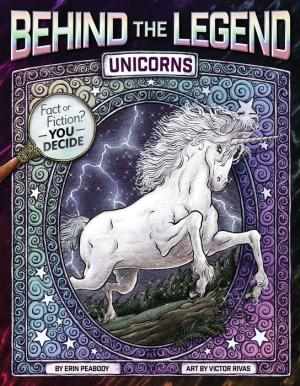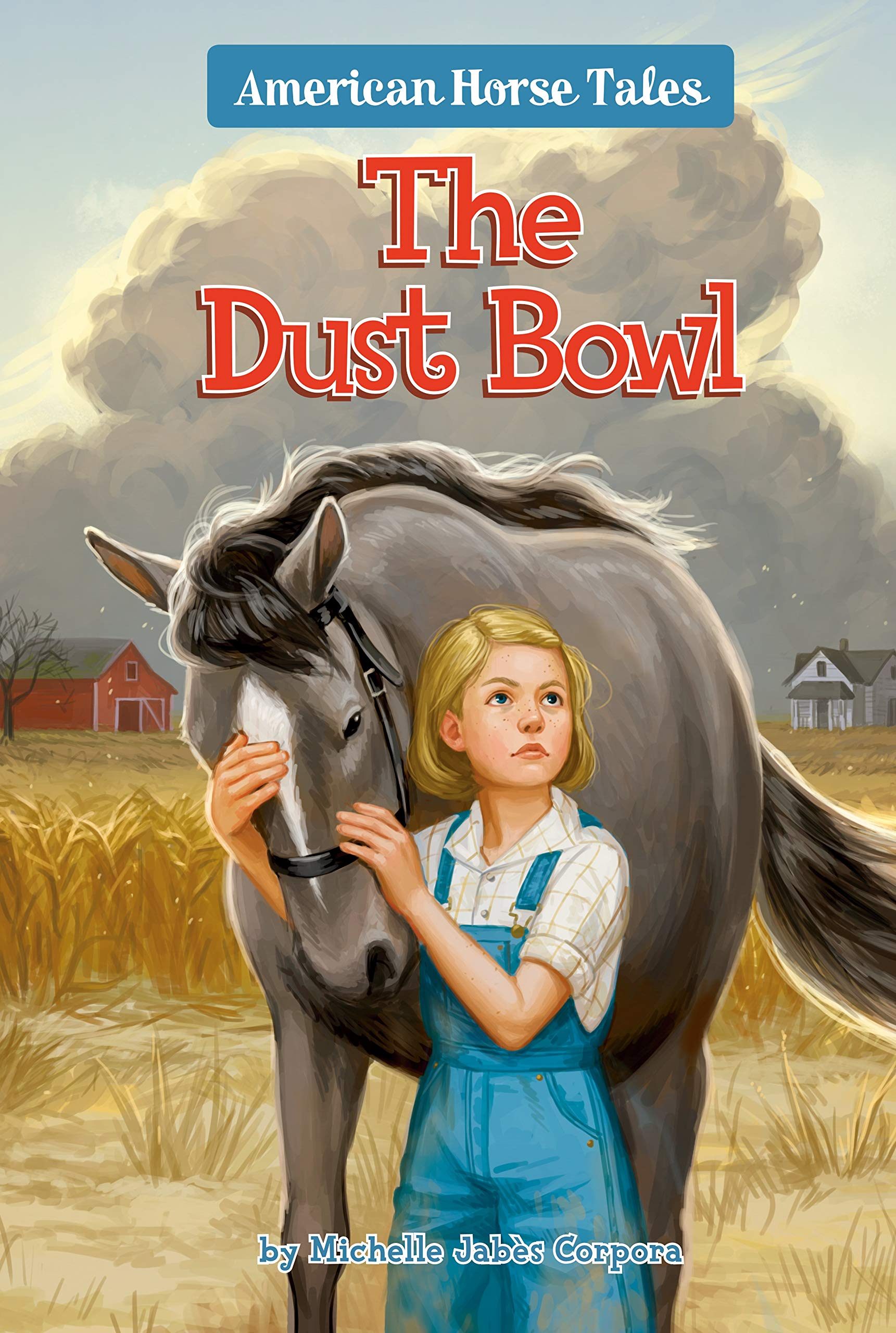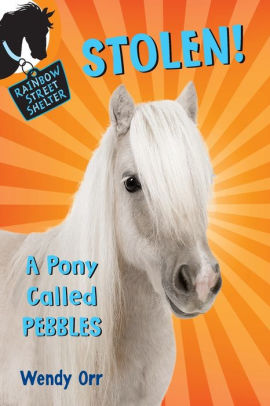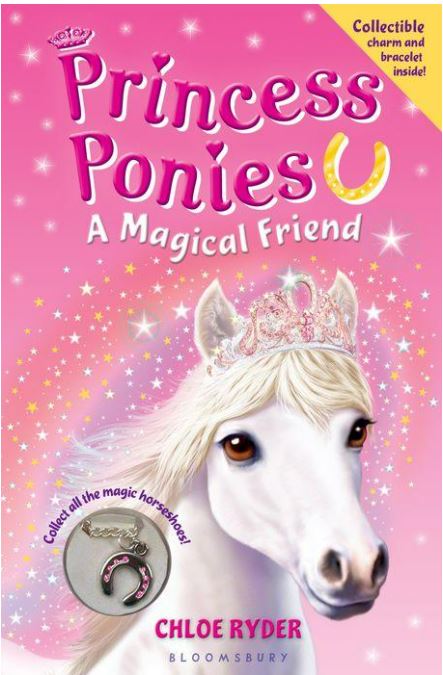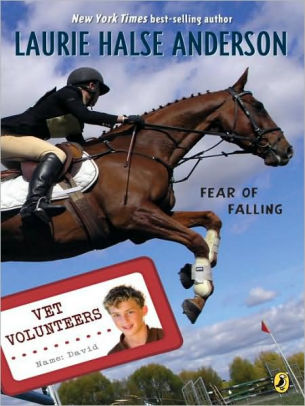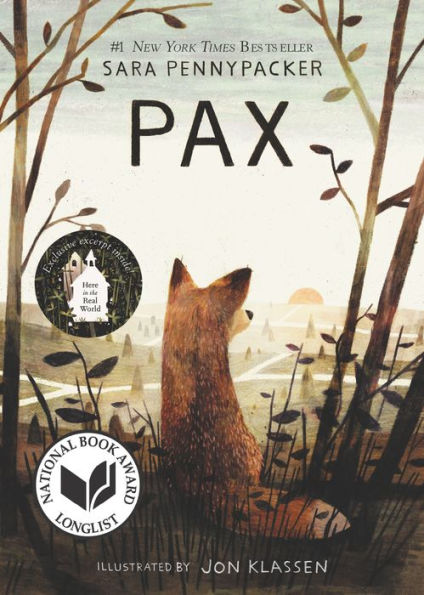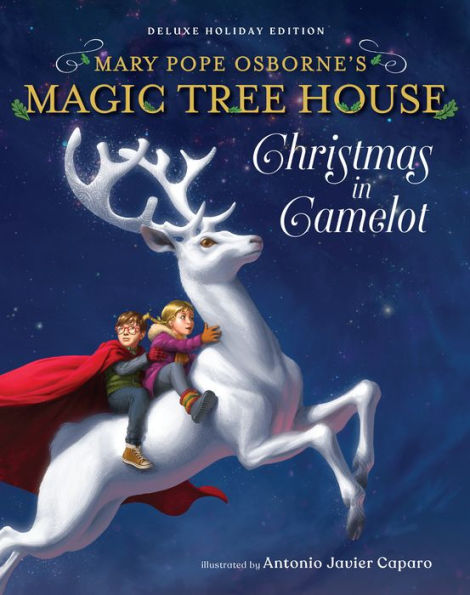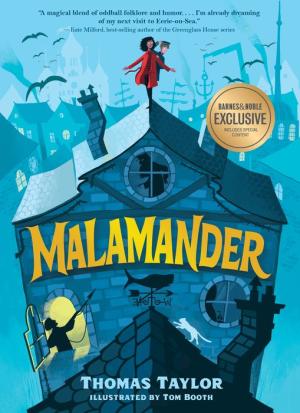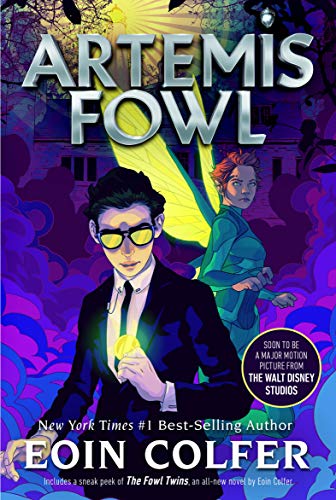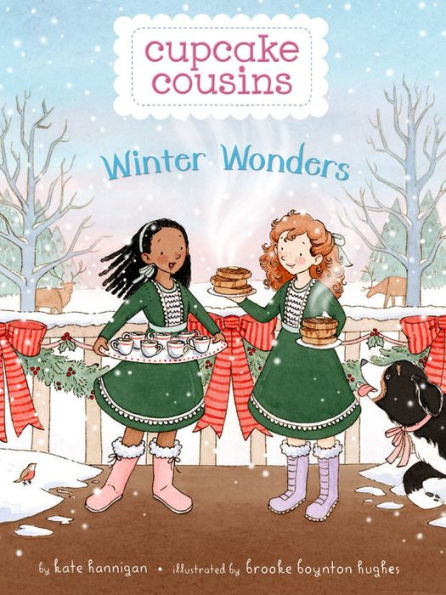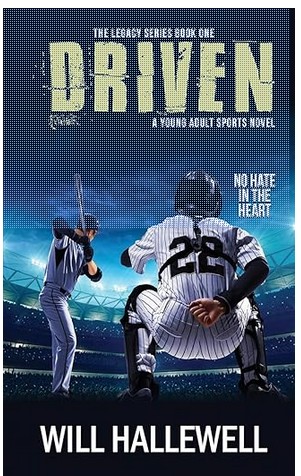Tristan Strong has returned to his normal life, away from the mythological worlds of Alke and MidPass, where he just helped save African American and African folk heroes and gods from the malevolent King Cotton. But Tristan is suffering from PTSD, and trying to acclimate is more difficult than it looks. Unfortunately for Tristan, his troubles are far from over. A cloaked entity kidnaps Tristan’s Nana in the middle of the night, forcing Tristan to descend back into the world of Alke and MidPass while dealing with his past trauma.
United by new and old characters, Tristan Strong Destroys the World is a solid sequel to the first installment, Tristan Strong Punches a Hole in the Sky. Tristan’s adventures in this book build nicely on the historical and mythological references that Kwame Mbalia established previously. The references to King Cotton, Brer Bear, and the impending doom hanging over Alke and MidPass are meant to reflect on the real-life consequences of the effects of the Atlantic slave trade on African traditions and culture.
Tristan’s role as the Anansesem, or magical storyteller, quite literally brings these folktales to life. The book emphasizes the power of stories and story-keeping as a method of preservation and healing. Although these themes are similar to the previous book, this time Tristan must deal with a new kind of trauma. After watching many of his new friends in Alke and MidPass get injured or die in the previous book, Tristan now faces the aftermath. Tristan’s reckoning with his mental health is mirrored in the villain Brer Bear, who is also dealing with loss but in a much more destructive way than Tristan.
Kwame Mbalia does an excellent job conveying the connections between Tristan’s world and the worlds of Alke and MidPass. When Alke suffers, so does Tristan’s world. The connection emphasizes the historical and mythological links to Tristan’s life and his grandparents’ lives. Tristan’s grandparents, especially his Nana, take on a larger role in this book. When Tristan’s Nana was younger, she frequently traveled to Alke, so she knows many stories and helps Tristan collect folktales.
The events of Tristan Strong Destroys the World lead to a cliffhanger, leaving the reader wanting to discover the next part of the story. The violence shown in this book is not gory, but certain scenes may scare some younger readers. The next book, Tristan Strong Keeps Punching, should continue these adventures and Tristan’s journey through understanding his trauma. Tristan’s story may be based on the folklore and stories that people share, but there is always a seed of truth in these fictitious tales.
Sexual Content
- None
Violence
- Tristan practices boxing with his grandfather, who is much better than Tristan. As a result, Tristan occasionally gets “punched in the face” during bouts.
- Through his phone, Tristan sees into Alke, the mythological land where the previous book took place. Tristan sees John Henry, one of the legendary folktales, talking to a mysterious figure, who attacks John Henry. Tristan describes, “The monster swung the hammer down in a vicious arc, and the screen went black.” Nothing else is described, and at this point, it is unknown if John Henry survives.
- Tristan boxes a local boy named Reggie and beats Reggie. Later, Reggie and Tristan argue, and Tristan gets mad. He “shoved the larger boy in the chest with one hand.” But because Tristan is wearing John Henry’s magic boxing gloves, Reggie flies “backward across the barn . . . a dozen yards” away.
- Tristan and his grandmother freeze time by accident. Tristan realizes that his grandmother is weaving a magical tapestry, while two large cats try to attack her and Tristan. As they are the only two that can move and defend themselves, Tristan tries to stop the cats while his grandmother finishes her tapestry. When Tristan is too late to stop one of the cats, his grandmother throws the tapestry over the cat to kill it. As a result, Tristan’s grandmother is injured. Tristan describes, “She dropped back onto the ground, sending torn pieces of quilt scattering like dead leaves as she clutched her chest.”
- A monster known as the Shamble Man kidnaps Tristan’s grandmother. The Shamble Man “tossed her over his shoulder like she was as light as a pillow. She fought him. Somehow she’d grabbed her quilting bag and was smacking the Shamble Man upside the head with it.” Unfortunately, the Shamble Man succeeds in kidnapping Tristan’s grandmother, and Tristan must travel to save her.
- Tristan interrupts the legendary Keelboat Annie while she’s speaking. In response, Tristan’s friend Ayanna “shut [him] up by jabbing [his] foot with her staff.”
- Ayanna’s friend, Junior, throws a rock at Tristan’s head. Tristan describes, “Something flew through the air and beaned me in the back of the head.”
- Tristan fights a giant vulture named Kulture Vulture. Tristan describes that he “threw a flurry of punches. Several connected. Kulture Vulture’s bald pink head snapped back, and flecks of mud went flying.” This scene lasts for a few pages.
- Tristan, trying to distract and humiliate Kulture Vulture, “slapped the giant bird.” This scene is played as a comedic moment, as Kulture Vulture is trying to eat Tristan and Tristan switches fighting tactics. Tristan uses this moment to signal for Ayanna and Junior to throw rocks at Kulture Vulture. This scene lasts for a few pages.
- The Shamble Man is Brer Bear in disguise. Tristan discovers this, and Brer Bear attacks Tristan. Tristan says, “The giant grizzly exploded across the dance floor, one massive paw lifting me off the ground by the throat and slamming me against the wall behind me, driving the breath out of my lungs and causing pain to shoot through the back of my skull. Ayanna screamed and Junior was knocked aside by Bear’s other paw.” A fight scene ensues for several pages.
- A final fight ensues between Tristan and his friends against Brer Bear, who is trying to destroy MidPass, Alke, and Tristan’s world. Brer Bear has John Henry’s magical hammer and uses it to attack Tristan. At one point, Tristan “ducked, but the hammer clipped the side of [his] shoulder and sent [him] tumbling head over heels into the waves.” The fight lasts for a couple of chapters.
Drugs and Alcohol
- None
Language
- Light language is used somewhat often. Language includes: loser, trash, butt, loudmouth, clown, stupid, jerk, and fool.
- Tristan’s friend Ayanna makes a joke about Tristan’s fear of heights. Tristan replies, jokingly, with “a rude gesture.” They both laugh afterward.
- Tristan’s favorite exclamation is, “Sweet peaches!”
- Keelboat Annie yells for Ayanna and Tristan to hold onto their “dirt-loving derrieres.”
- Tristan calls the Kulture Vulture a “foul-mouthed birdbrain.”
- Tristan and his friends call various monsters names while fighting them. For instance, Tristan and Gum Baby fight a giant called Big Big. Tristan yells at Big Big and calls him “Butt Butt.” Gum Baby has a slew of nicknames for Big Big, including “Bing Bong.”
- Ayanna calls Brer Bear a “mangy-furred cretin.”
- Gum Baby spends lots of her time yelling creative insults at her companions. Gum Baby calls Tristan and the others “bumbletongues” and “dunderheads,” for instance.
Supernatural
- Tristan explains that in the previous book, he punched a hole into a different realm where “Black folktale heroes and African gods walk around like you and me . . . I accidentally brought a diabolical haunt with me, stirring up an even more ancient evil . . . I caught Anansi trying to use all the confusion to gain power for himself instead of helping the people, and this was his punishment.” Many of the folk heroes and gods from the previous book return in this installment, including legends such as John Henry.
- Tristan explains his role as an Anansesem, “a carrier and spreader of stories,” which is his magic power. Tristan can bring stories to life.
- Anansi, the mythological spider, makes ghosts appear in Tristan’s grandparents’ barn. All the spirits are from Alke, the mythological land where Tristan’s adventures in the previous book took place. Tristan explains that Alke is “the realm of stories where Black folk heroes and African gods coexisted—peacefully now, I hoped.”
- Tristan returns to the lands of Alke and MidPass. In these worlds, Tristan is surrounded by magic creatures and magic itself. For instance, Tristan reunites with the “winged goddesses,” Aunt Sarah and Aunt Rose.
- Tristan’s Nana tells him a story about boo hags, who are “creatures who slip their skin off at night” and “sit on your chest and suck the air from your lungs” while you sleep. Tristan discovers that boo hags exist in Alke and MidPass, and he helps one named Lady Night steal her skin back from a giant named Big Big. Nana also tells Tristan that one way to keep away a boo hag is to call upon a root witch to make a ward to keep boo hags away.
- Lady Night turns Big Big into a “large wrinkly-skinned weasel” with her magic.
- Mami Wata, a water goddess, shows Tristan a vision. Mami Wata shows Tristan MidPass as it once was and declares, “It is as it should be.” The vision lasts for a couple of pages.
- The malicious entity fueling Brer Bear’s hatred is King Cotton’s mask, from the previous installment in the series. It’s a magical mask that “glows green” and feeds on negative emotions already within the being.
Spiritual Content
- Tristan remembers the words to an “old spiritual” tune as he faces Brer Bear in a final showdown. The song goes, “Who’s that young girl dressed in blue?/ You don’t believe I’ve been redeemed/ Just so the whole lake goes looking for me . . .” These are the lines that Tristan tells the reader.
by Alli Kestler
